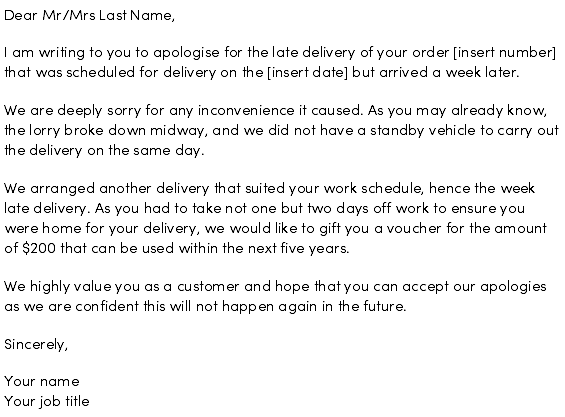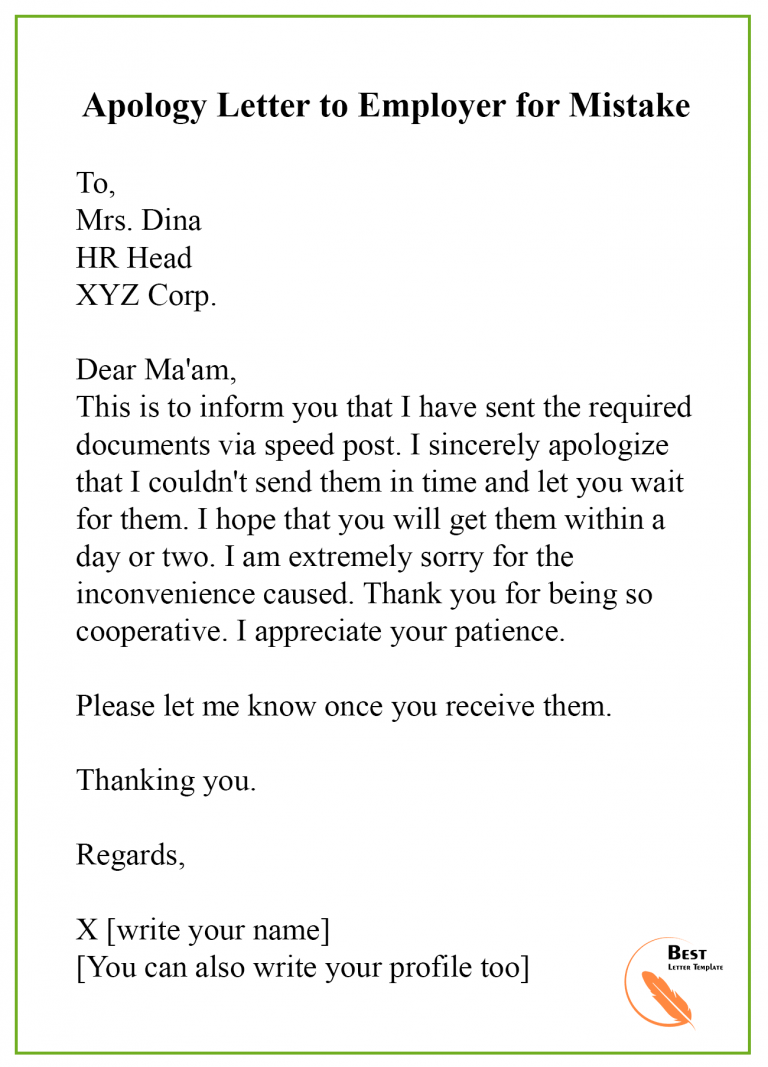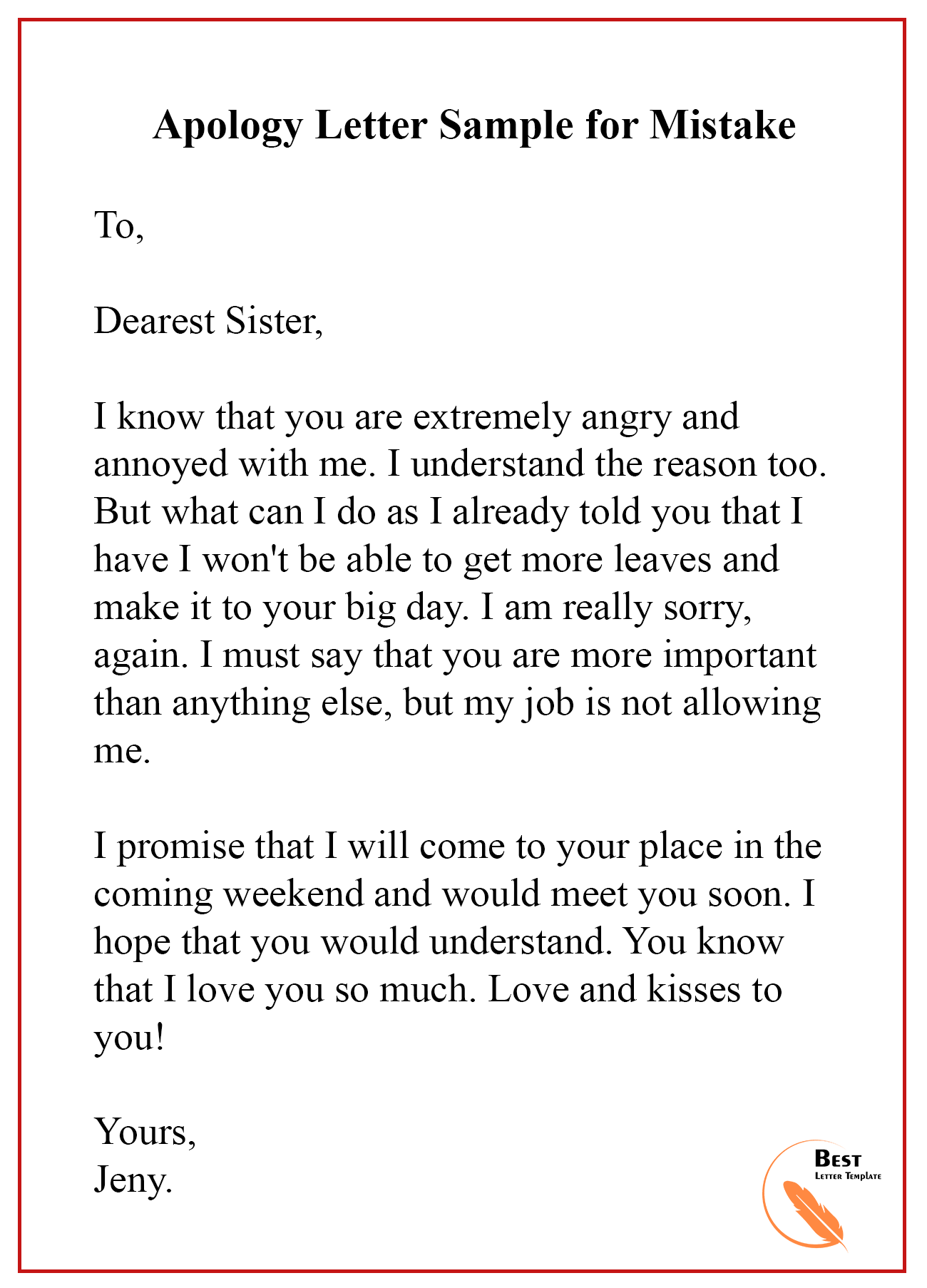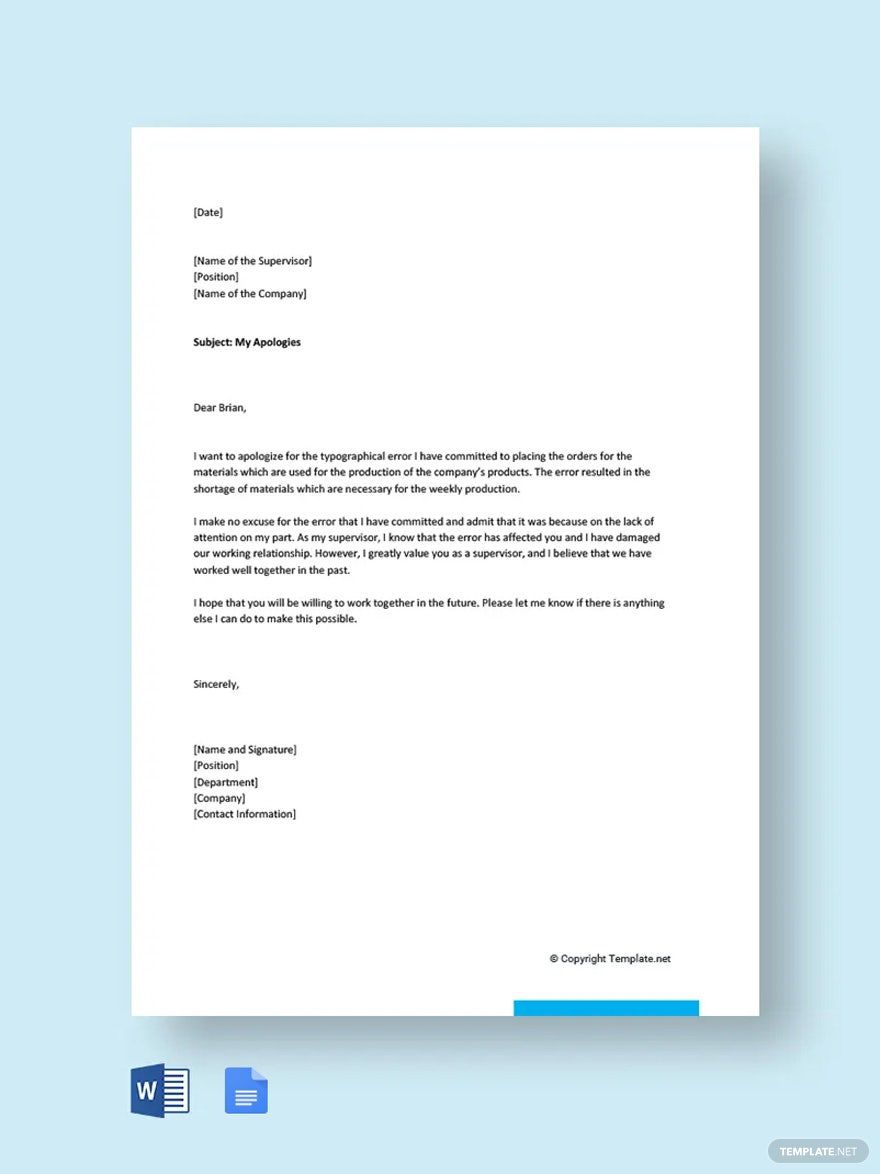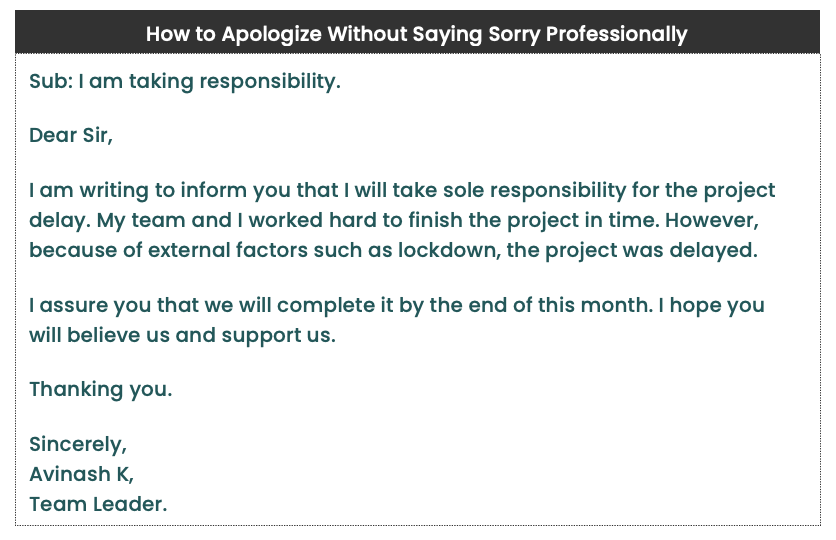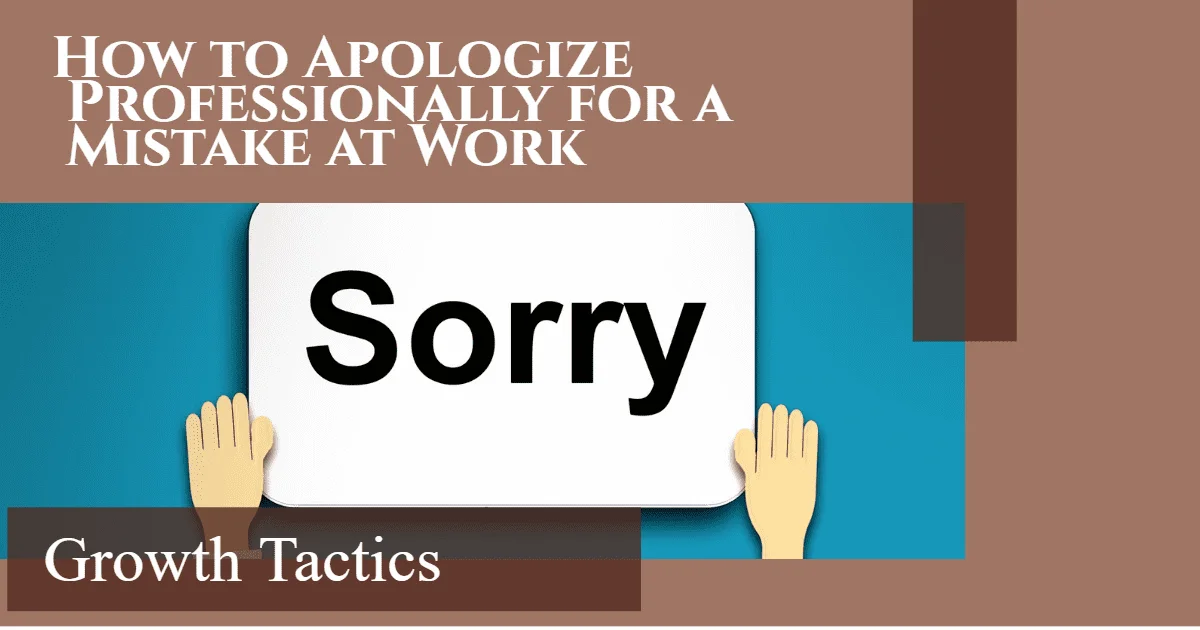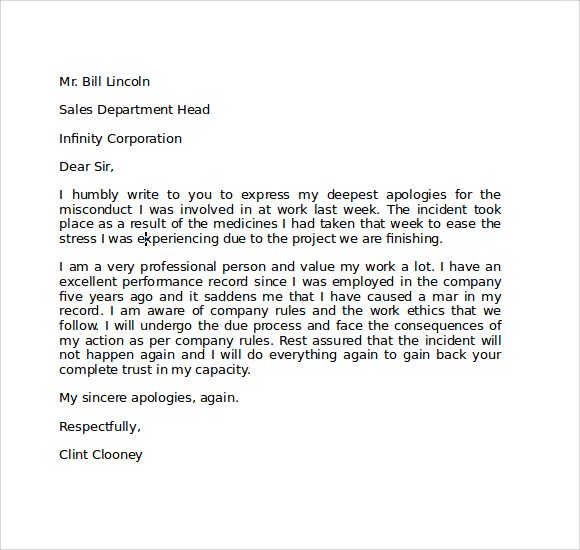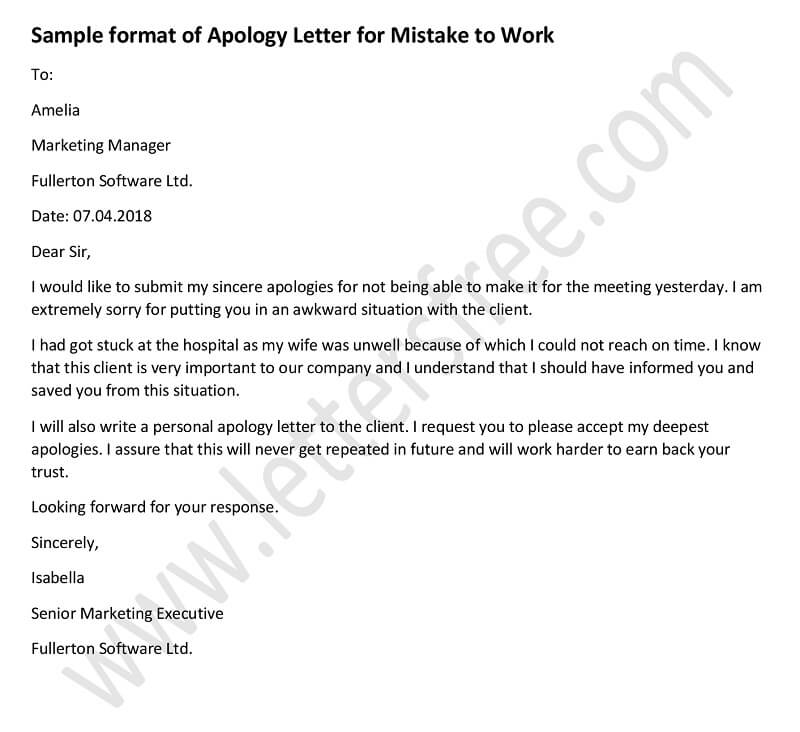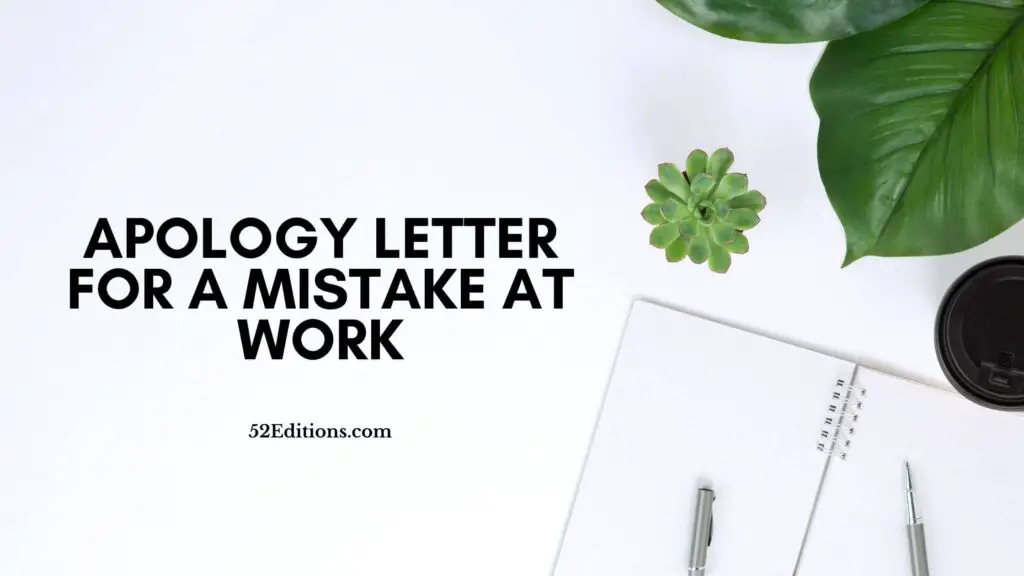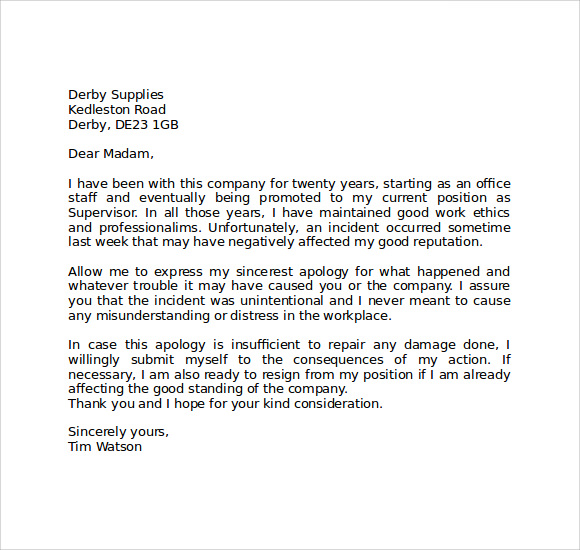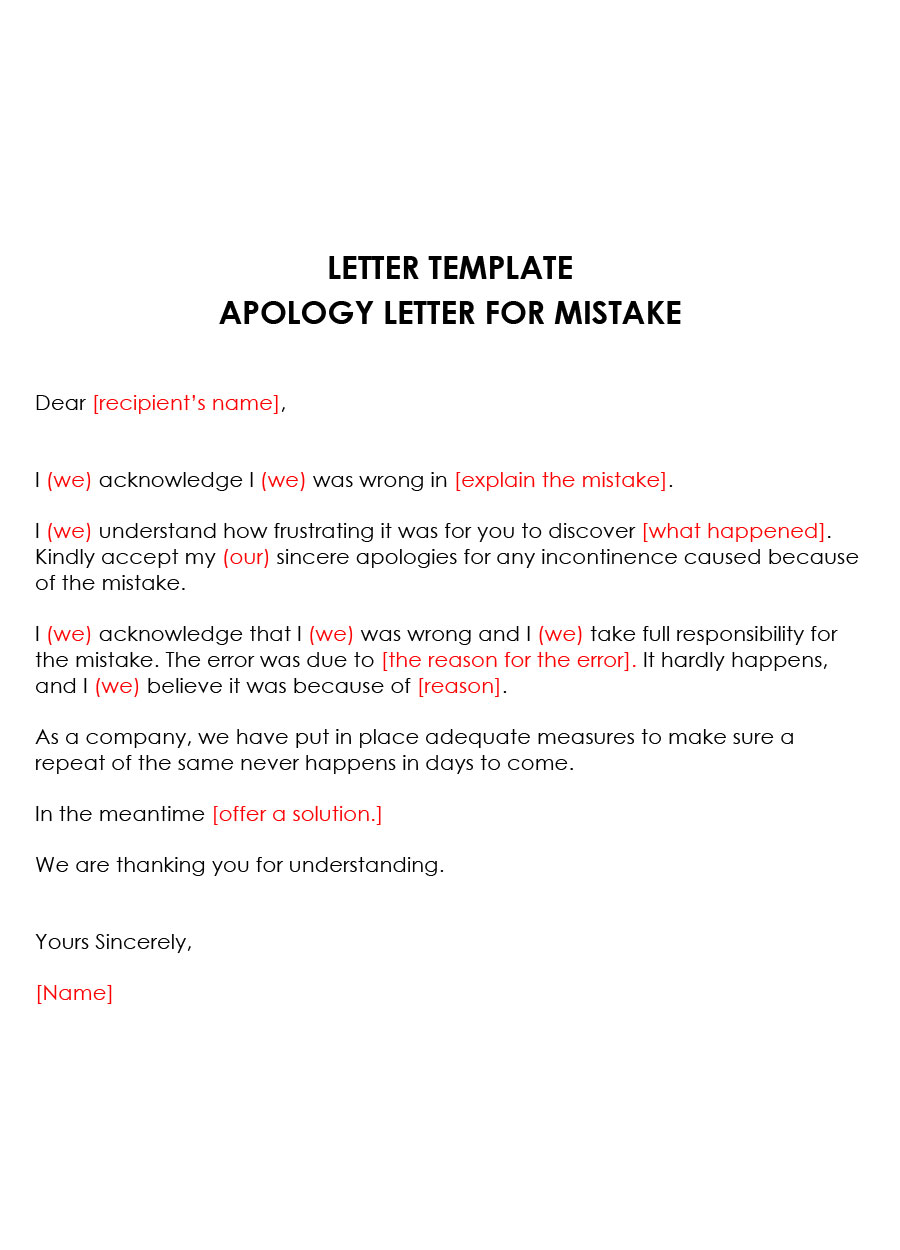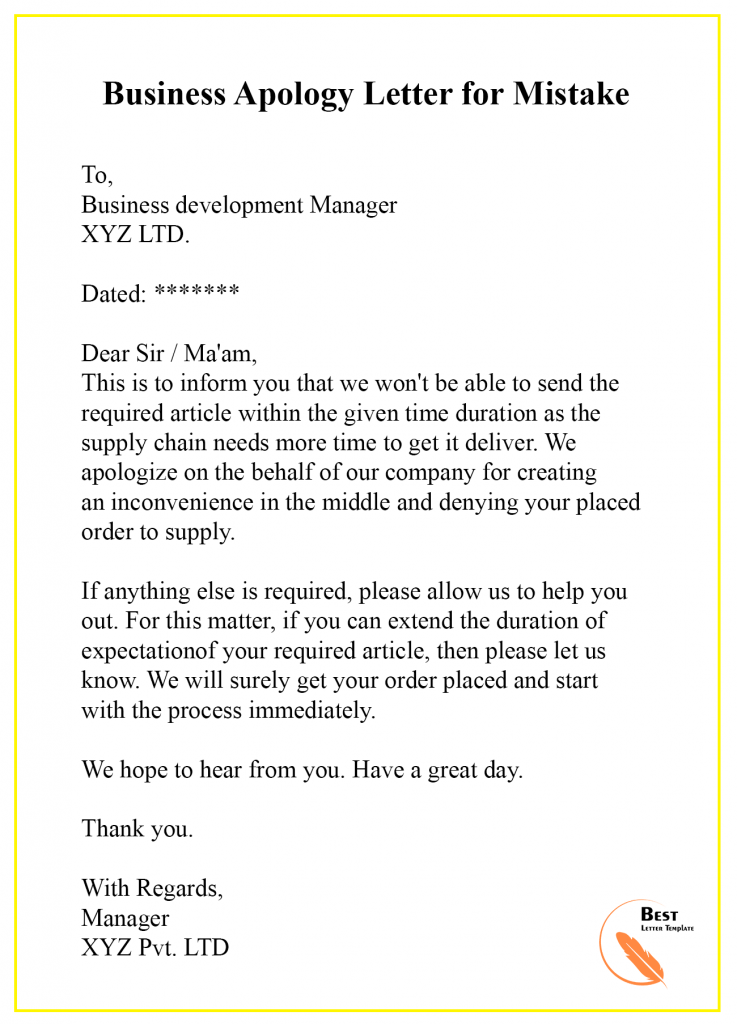How To Apologise For A Mistake At Work

A workplace blunder can be career-altering. Mastering the art of a sincere apology is crucial for damage control and rebuilding trust.
Why Apologizing Matters Now More Than Ever
A swift and effective apology following a workplace error isn't just good manners; it's a strategic necessity. According to a study by the Harvard Business Review, a sincere apology can increase trust by up to 37%. Failing to apologize, or offering a poor one, can lead to damaged relationships, stalled projects, and even job loss.
Recognize and Acknowledge Your Mistake Immediately
The first step is immediate recognition. Don't delay; own the mistake as soon as you're aware of it.
Avoid making excuses or shifting blame.
The Anatomy of a Sincere Apology
A genuine apology isn't just saying "sorry." It involves specific elements that demonstrate accountability and remorse. It can be difficult to offer a sincere apology, but it will be worth it.
Begin by explicitly stating what you did wrong.
“I understand that my error in the report caused delays and extra work for the team.”
Express Remorse and Empathy
Show that you understand the impact of your mistake on others. Use phrases like, "I understand that this caused..." or "I regret that my actions led to...". Emphasize how much your apology is sincere.
Demonstrate empathy for those affected by your error.
Offer Restitution and Solutions
An apology should be coupled with a concrete plan to rectify the situation. "I’ve already started working on fixing the error, and I expect to have it resolved by [time/date]." The solution should be clear and efficient.
Offer specific actions you’re taking to prevent similar errors in the future.
Know Your Audience: Tailoring Your Apology
The delivery of your apology should be tailored to the recipient and the severity of the mistake. Apologizing to your boss might require a formal, face-to-face meeting.
A mistake impacting a team could warrant a group email followed by individual conversations. Consider the cultural context of your workplace when apologizing.
When to Apologize Publicly vs. Privately
Public apologies are appropriate when the mistake had a wide impact or was made publicly. A mistake that caused a private issue should be apologized privately.
However, always consider the potential for over-sharing or further embarrassment.
Document Your Apology and Corrective Actions
Keep a record of your apology and the steps you took to resolve the issue, especially in cases of serious errors. This demonstrates accountability and provides a reference point for future evaluations.
Documenting can also prevent misinterpretations of your actions.
Moving Forward: Rebuilding Trust
An apology is just the first step; rebuilding trust takes time and consistent positive action. Actively listen to feedback and demonstrate a commitment to improvement.
Consistently meet expectations and go the extra mile to show you're taking responsibility seriously.
Mistakes are inevitable, but a well-executed apology can turn a negative situation into an opportunity for growth and strengthened relationships. Don't underestimate the power of taking ownership and showing genuine remorse.
